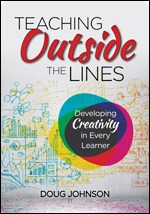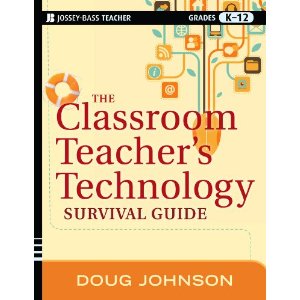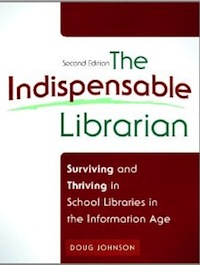The Tech-Nazi
 Thursday, September 1, 2005 at 03:16PM
Thursday, September 1, 2005 at 03:16PM I was visiting a small school district near Mankato not long ago and had a chance to visit with its curriculum director. In passing, she referred to their technology director as the “Tech-Nazi” - a title she admitted was borrowed from Seinfeld’s character the Soup-Nazi.
This is not the first time I’ve heard folks holding my position in other districts described in less than endearing terms. One librarian refers to her tech director as “Bob God.” I heard a teacher refer to her district’s technology department as the “Education Prevention Department.” And of course there are those other names that shouldn’t appear in a family blog.
Tech directors have two strikes against them coming out of the box. First, technology itself has not always been warmly embraced by educators (not to state the obvious or anything). Its complex and often unreliable nature makes it a source of irritation more than delight. Second, techies have an appreciation of the vulnerability of the equipment they are charged with maintaining that normal people simply don’t. We SEE those viruses, hackers, software conflicts, power-surges, and SUDs (stupid user dysfunctions) that are always surrounding the fort, waiting for the smallest breach, and then sneaking in and wreaking havoc.
I, for one, would be heart-broken if I thought my nickname was Tech-Nazi or Doug God. Good working relations with people are as important to me as the good working order of computers. And I think it is possible to have both if:
1. You listen to and heed both educators’ and technicians’ views before making a technology policy decision.
2. You establish a formal collaborative decision-making body that meets on a regular basis and includes as many stakeholders as possible.
3. You take the time to communicate in understandable terms why a technology decision has been made. (And have a damn good reason for making it.)
4. You support the goals of teachers and students, not separate technology “goals.”
5. You leave the office and visit teachers and librarians to find out how they are really doing with technology. (I call this being a complaint magnet.)
6. You tend to err on the side of convenience and accessibility rather than on the side of security.
7. You always give other people the benefit of the doubt, recognize accidents happen, and truly believe equipment is better worn out than rusted out.
I’d love to hear other ideas about improving one’s popularity as well as one’s effectiveness. (And other nasty names for tech directors you’d care to share.)








